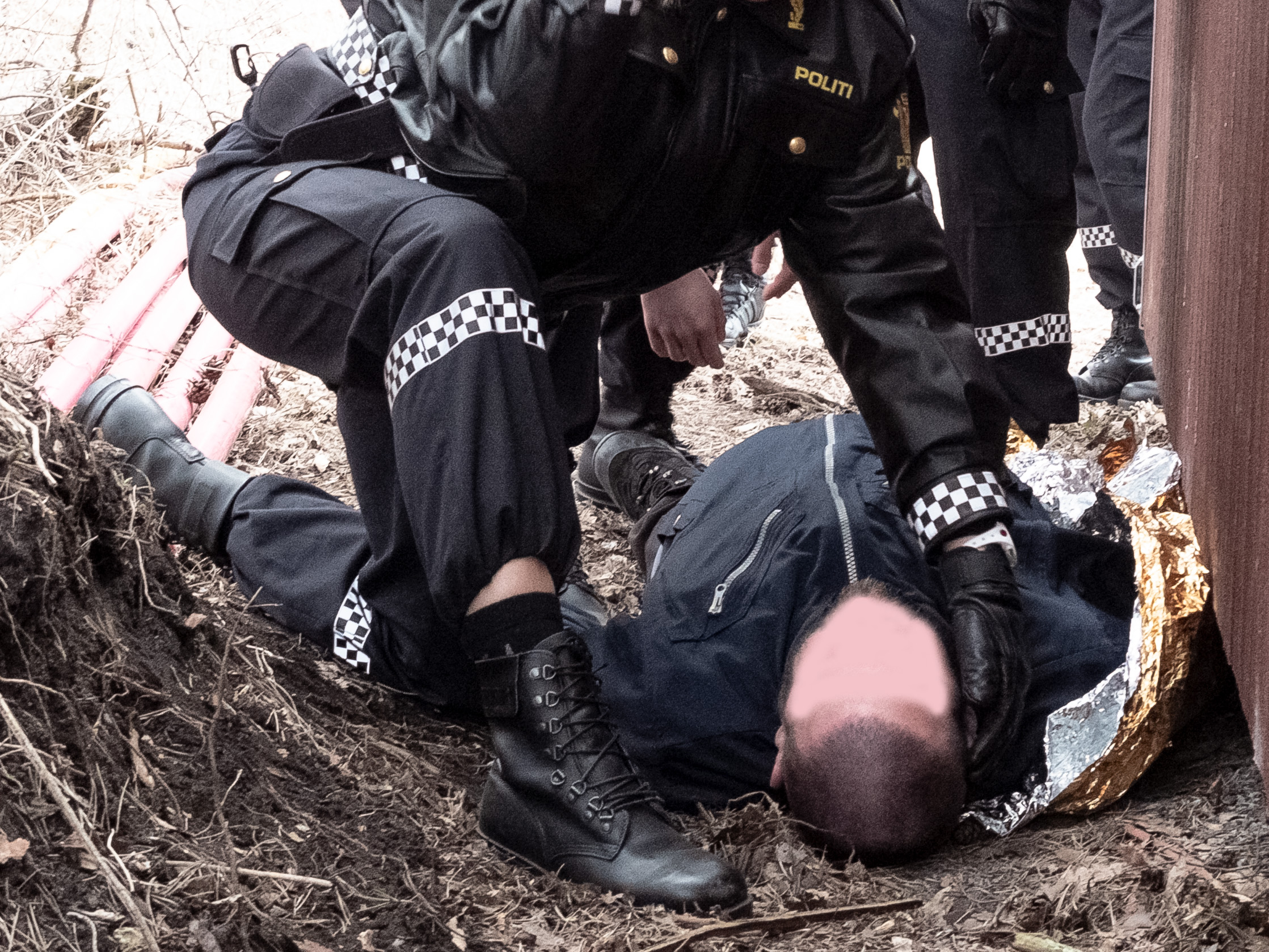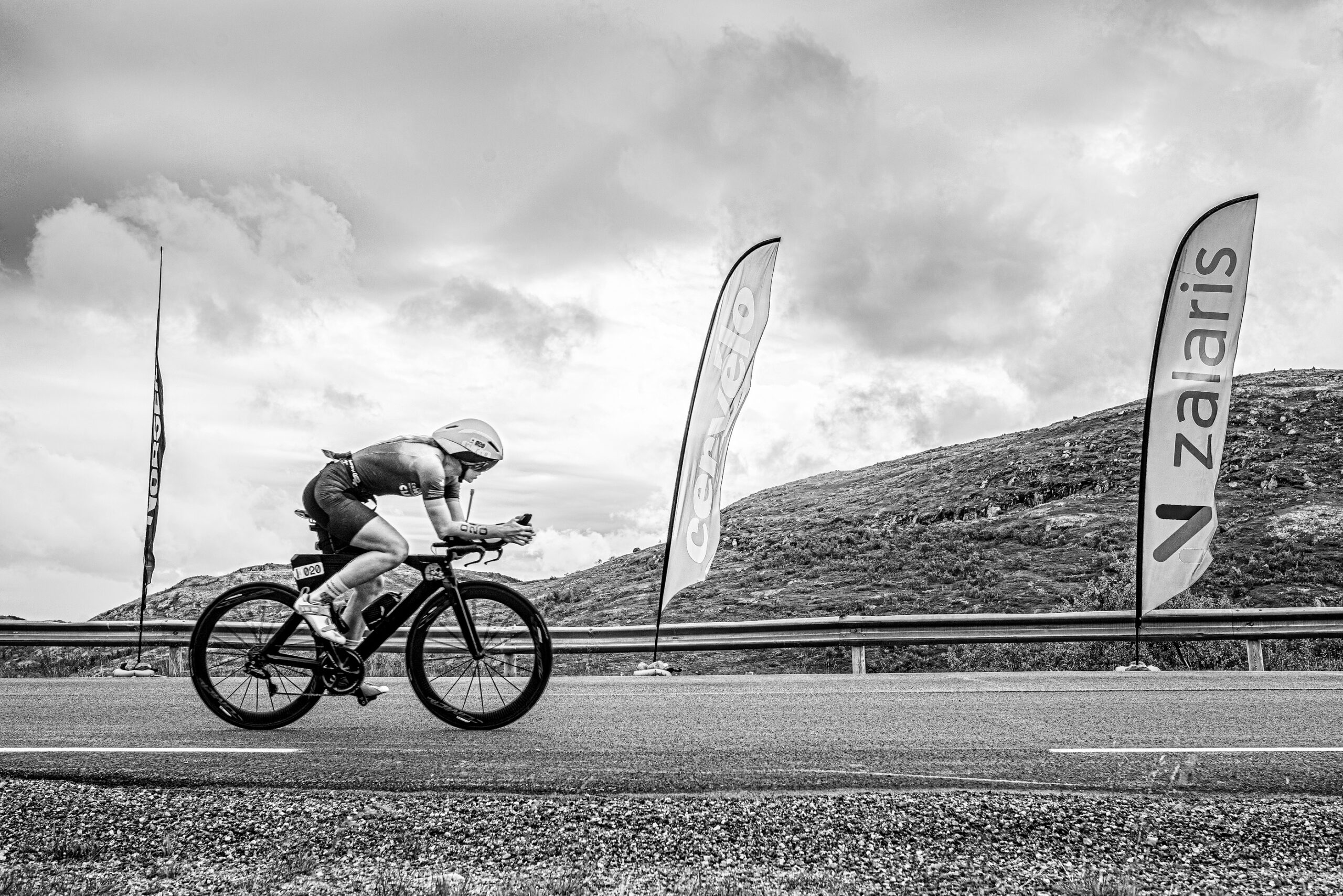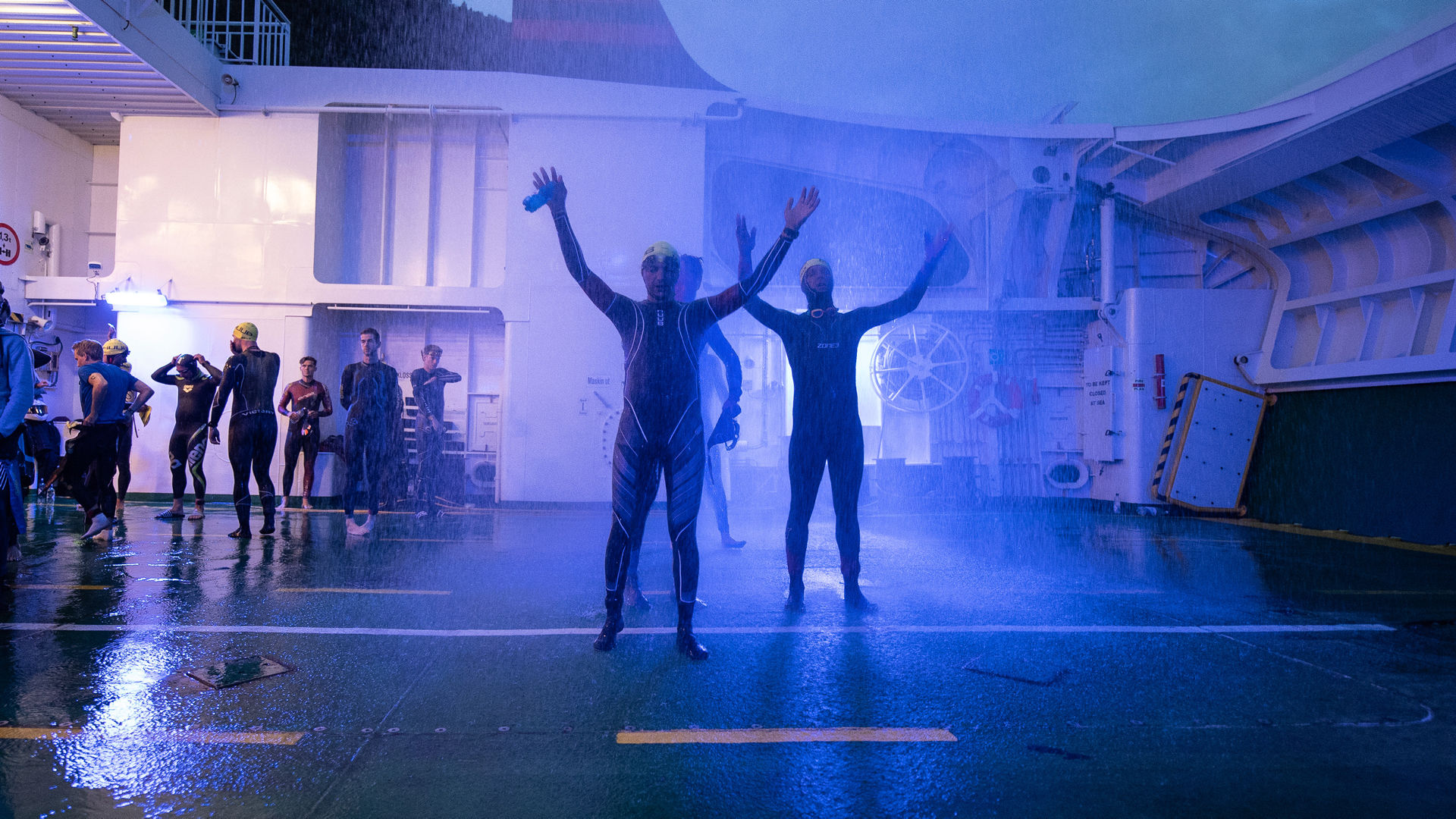How well does your gear tolerate the cold?
I found an interesting question on Twitter. At first, I thought the answer was obvious. It wasn´t. It was a real surprise to me and got me to think. How will my equipment tolerate the cold?
I enjoy Twitter. It gives me lots of insight and a new perspective on my work, especially the research. I have separate columns on my TweetDeck, with subjects like “Temperature”, “Phyton”, “Statistics”, “SpecialOpsMedicine” and more.
A few weeks ago, twitter friend @WildernessEMC had an interesting question about how the pocket mask would perform in cold weather. As I have previously worked a lot in cold environments, I believed I had the answer to that question. Being several years on the air ambulance in the arctic, we had our share of equipment failures in cold weather. However, if proper preparations, this was rarely a problem. The pocket mask, I believed, would hardly be an issue. It would tolerate the cold weather with ease.
I was wrong.
I used several hours thinking out an academic protocol for a fancy experiment. I find that my thoughts are at the most creative while training. But after a few long runs at the Norwegian coastline and a chat to my research buddy Inger, I found that “Less is more”. I have this expression from the famed drummer Steve Gadd. I don´t know if I use it in the right way, but to me, it means that less complicated is often better understood.
On to the less complicated experiment later.
So what is the pocket mask?
The pocket mask is a device that aid rescuers with mouth to mouth breathing. It is laid over the victim’s mouth and nose, and then the rescuer can safely breathe air into the victim. It has a valve and a filter so that the rescuer is protected better than if doing direct mouth to mouth ventilation. It usually is packed in a hard case and has to be assembled before use. The question on twitter was if this assembly would be easy to perform even if the pocket mask were cold.
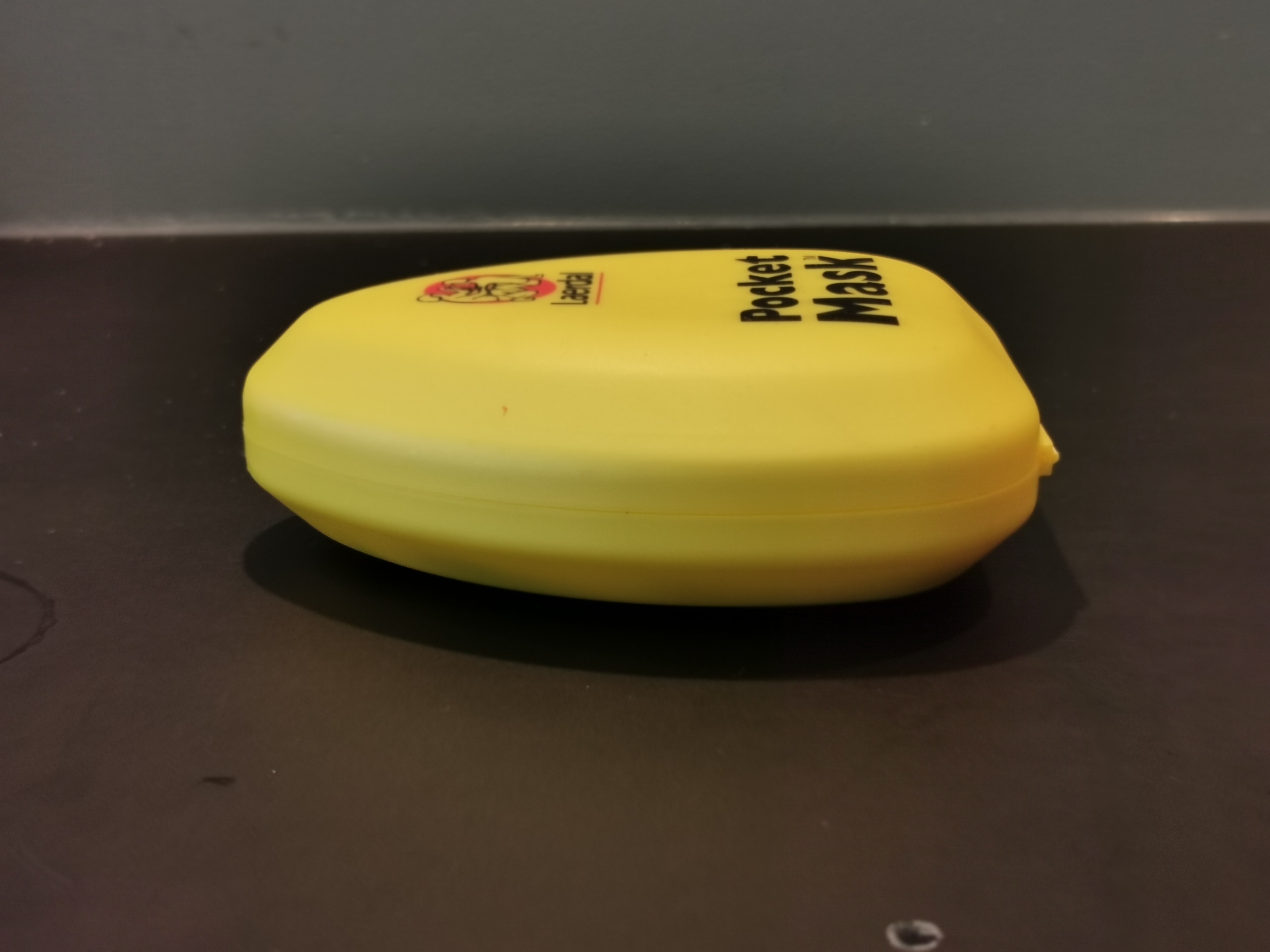
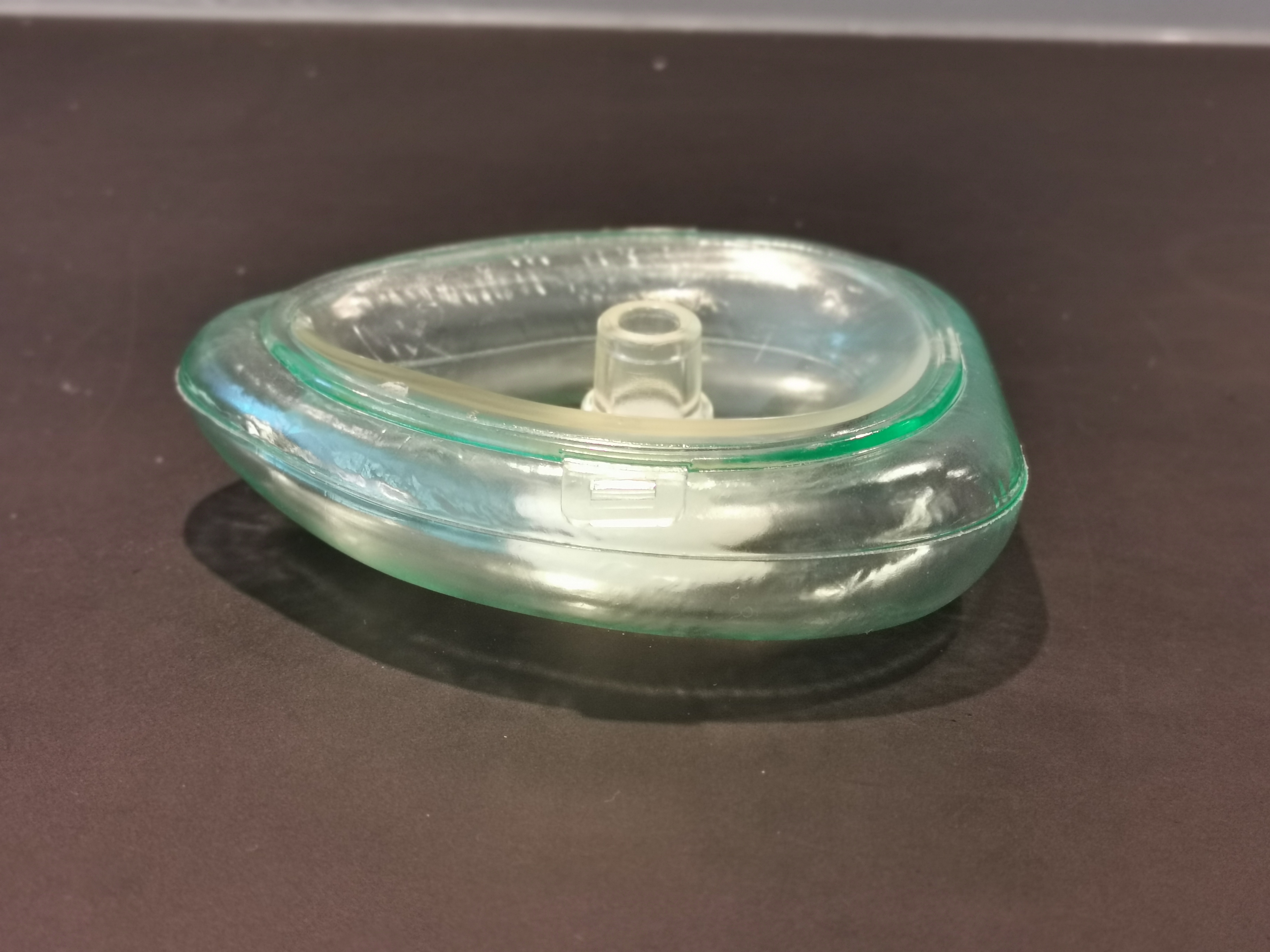
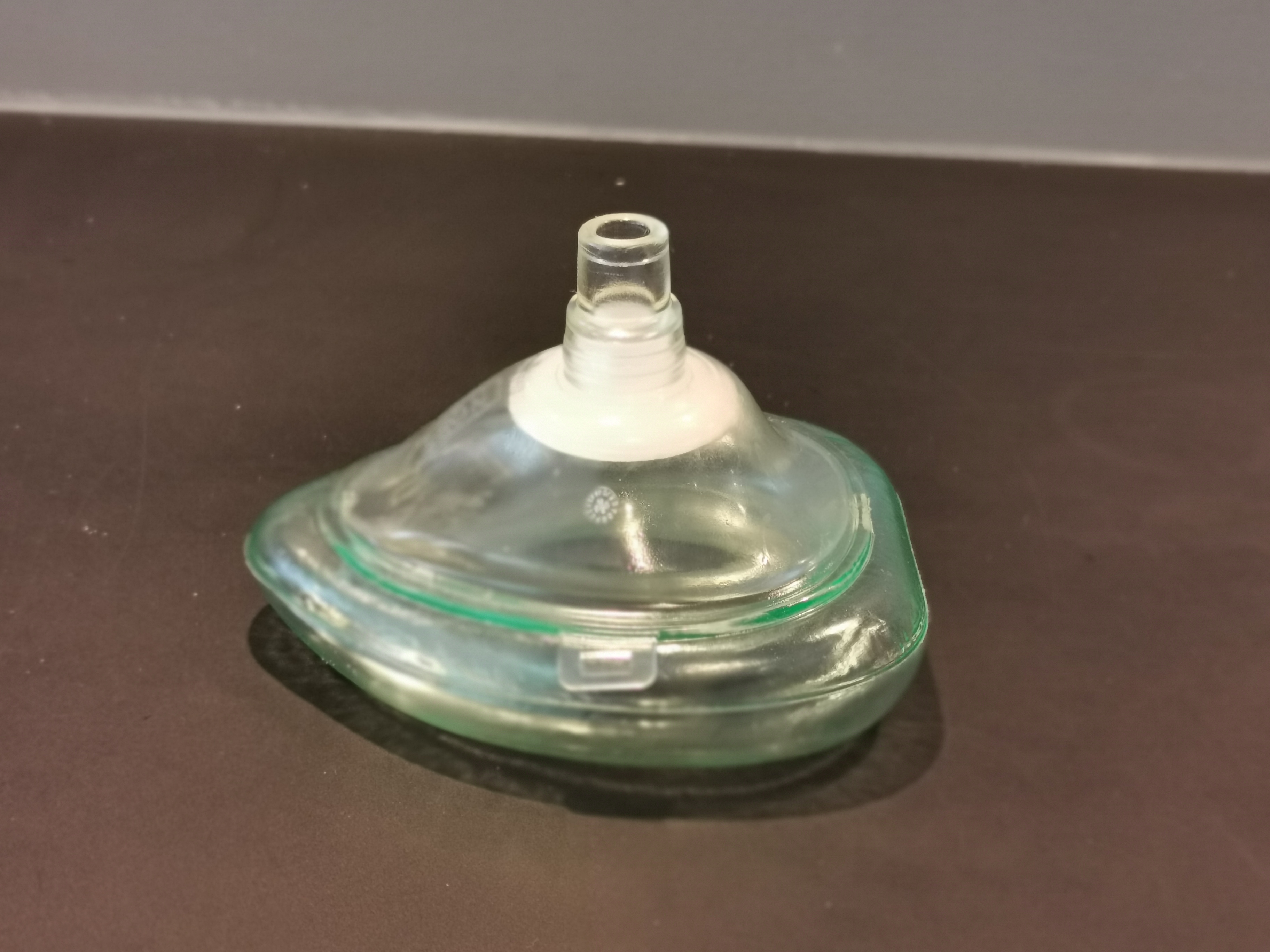
@WildernessEMC on Twitter
“I predict another laborious literature search: How well does a “pocket mask” ventilation aid perform at low environmental temperatures? Brittle, difficult to get in proper shape or totally unaffected? Anyone know/references?”
So on to my “less is more” experiment.
It has to be said that we usually do not use a pocket mask in the air ambulance. We use bag-valve-mask ventilation and other aids to secure the patient’s airways. However, the pocket mask is commonly used in rescue services, among first aid providers and at hospitals all over the world. There are different brands, but they are all packet flat and involves popping out a dome before use.
While on nightshift on the ambulance this weekend, I put a regular pocket mask in the refrigerator at our base. Being a researcher in temperature physiology, I have access to high-quality instruments. So I put a calibrated thermometer inside the fridge to get accurate results. I used a Kestrel 5400 Heat stress instrument since I admit I am a geek at the moment… The pocket mask was inside the refrigerator for 6 hours, and the average temperature was 7.5°C. The lowest reading was 7.1°C. (A secondary finding in this experiment, is that our fridge is to warm) My initial thoughts were that I would next put the pocket mask in a freezer. I didn´t believe that the refrigerator would be cold enough to give any results.
To mysuprise , I couldn´t pop out the pocket mask!
I was not able to assemble the pocket mask and make it ready for use. This was to me a huge surprise. I let several of my colleagues try to pop it, but it couldn’t be done. Not until after about 30min in room temperature. Not good at all! Imagine this pocket mask in a backpack during a rescue mission in the cold. I believe 7.5°C is quite possible in that backpack. Or even worse, if the pocket mask lies in the rescuers pocket, as it probably should.
I am perfectly aware that this is not a scientific experiment. It is not controlled in any way, is just done with one brand of a pocket mask (Laerdal Pocket Mask), and only one time. I really want to do this as a better-controlled study in the future.
Again I will cite my friend @WildernessEMC (Dr Malin Zachau):
“Just imagine being a helicopter ski guide, you’ve just dug a client out from an avalanche and you need to administer ventilations but your mask is impossible to engage, that would not be a good thing at all!»
I am interested in doing controlled studies on this. Both with a pocket mask, but possibly also with other rescue essential equipment. So if you have any ideas, feel free to contact me.
Twitter : @jmelau
Instagram . @jmelau
And my Researchgate profile

